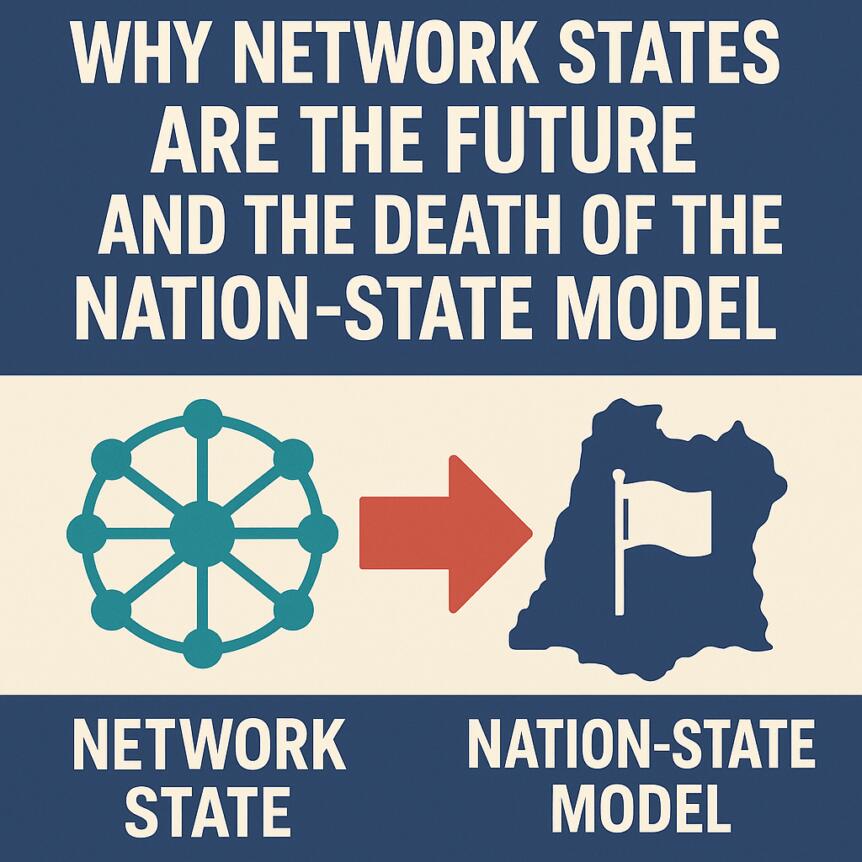MYX Finance price surges again as funding rate points to a crash
MYX Finance price went parabolic again as the recent short-squeeze resumed. However, the formation of a double-top pattern and the funding rate point to an eventual crash in the coming days.
- MYX Finance price surged again on Wednesday.
- The funding rate plummeted, pointing to more downside in the near term.
- It has formed a double-top pattern on the daily chart.
MYX Finance (MYX) came in the spotlight earlier this month as it jumped from $1 to nearly $20 within a days. This surge pushed the token’s fully diluted valuation to over $20 billion.
Some cryptocurrency analysts noted that the surge was likely part of a market manipulation, potentially by insiders. In a post, Bubblemaps said that over 100 active addresses that received 1% of the supply during the airdrop were owned by the same entities, an allegation that its developers denied.
Another possible reason for the rally is that the MYX Finance platform is doing relatively well. Data compiled by DeFi Llama shows that the network has handled perpetual futures worth $5 billion this month so far. It handled volume worth $10.3 billion in July, making it one of the biggest players in the perpetual futures industry.
Still, whether the short squeeze is genuine or part of market manipulation, there are reasons why the token will crash soon.
One of them is that the funding rate in the futures market has plummeted to the lowest level since August. A falling funding rate is a sign that investors expect the future price to be lower than where it is today.
Also, the ongoing surge is happening in a low-volume environment, which is risky. CoinGlass data shows that the 24-hour volume was $626 million, much lower than $11 billion on Sep. 9. It was the lowest volume since the initial surge earlier this month.
The ongoing MYX surge also resembles that of OnyxCoin (XCN), which surged by over 2,300% within a few days in January. Since then, the token has plunged by over 76% to the current $0.011.
MYX Finance technical analysis

The other reason why the MYX price may crash soon is that it has slowly formed the highly bearish double-top chart pattern at $19.13. Its neckline is at $9.92, its lowest level this week. This pattern often leads to more downside over time.
Additionally, the token has become highly overbought, with the Relative Strength Index soaring to 75. In most cases, a highly overbought asset tends to retreat as investors book profits.
You May Also Like

Google's AP2 protocol has been released. Does encrypted AI still have a chance?

Blockchain May Foster Network States Amid Eroding Nation-State Model
